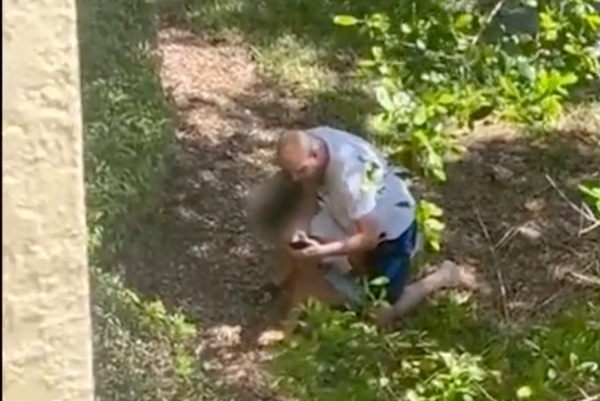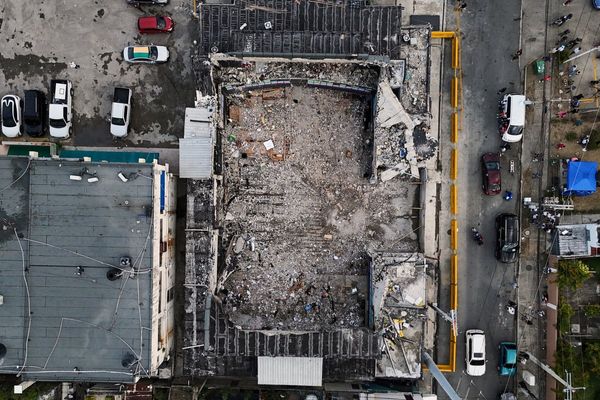
A Labor government would present a second “proper” budget in 2022 if elected to correct the “decade of rorts and waste” they expect to be bookended by treasurer Josh Frydenberg’s budget next week.
The shadow treasurer, Jim Chalmers, will tell the Australian Chamber of Commerce and Industry on Tuesday an Albanese government would release its own budget by the time of the traditional mid-year fiscal update in December, if not sooner.
“We’d take advice on the best specific timing, and confer with Treasury on the possibilities, with an eye to bringing down a proper budget before the end of 2022,” Chalmers will say, according to a copy of his speech.
“We’d have a chance to look at the full extent of nearly a decade of rorts and waste and start dealing with it.”
Frydenberg used the same forum a week ago to outline the Morrison government’s shift in its fiscal strategy away from supporting the economy to get through Covid to one that plots a shrinking budget deficit as a proportion of overall activity.
Economists predict Australia’s falling jobless rate and booming commodity prices, fanned of late by Russia’s invasion of Ukraine, will cut the current fiscal year’s budget deficit by as much as $30bn, but still leave more than a decade of deficits ahead.
Chalmers is expected to say that no single budget could possibly “undo all of the damage of the last 10 years, not even the last two”.
David Richardson, a senior research fellow at the Australia Institute and a former parliamentary researcher, said there was no recent case of a change of government prompting a new budget. Bob Hawke’s election in March 1983, which was followed by a national economic summit a month later, offered the closest comparison.
A second budget in 2022 could allow an Albanese government to “make a big bold splash”. “It’s a big chance for them to say what they’d do differently,” Richardson said.
Given the major parties already prepare comprehensive pre-election statements, a follow-up budget – particularly after a new government gets a close look at the Treasury’s books – may be the logical next step, he said.
Chalmers’ comments foreshadow elements of what may be Labor’s formal response to the 29 March budget.
An incoming Albanese government would set five tests for Frydenberg’s budget and how it would frame its own, the shadow treasurer will say.
These include whether the budget “rebuilds communities impacted by flood and fire fast enough”, and whether it eases “costs of living pressures enough, responsibly enough”.
The Morrison government has flagged a “targeted” cost of living package will be in the budget, while Frydenberg has said the clean-up from the floods in Queensland and NSW will be a central focus.
Chalmers will say the third Labor test would be whether the budget supported the recovery and “makes supply chains, businesses, vulnerable communities, public health, and family budgets more secure and resilient”.
A fourth would be whether productivity can be boosted to lift “the speed limit on the economy” to enable quicker growth without stoking inflation.
The final test would be “whether it ends the rorts and waste, and sets out a clearer path to budget repair”.
Any budget, though, would also likely have to contend with rising interest rates since they won’t remain near zero, “no matter who wins office”.
An increase in interest rates by one percentage point – as major banks expect over the next year – would result in homeowner-occupiers paying $13bn more in interest annually. Higher rates, though, would also “punch holes in the national budget”, Chalmers will say.
Since the mid-year economic and fiscal outlook last December, interest yields on some commonwealth debt had doubled and two-, three-, five- and 10-year bond yields have increased by more than 70 basis points.
“In 2024-25 we could be paying $4.7bn more in interest, taking our interest bill to much more than we spend on family tax benefits, the pharmaceutical benefits scheme and more than double what the commonwealth spends on government schools or childcare support,” Chalmers said.
Separately, a report by the Australia Institute has found the $15.7bn a year Stage 3 tax cuts proposed by the Morrison government and supported by Labor would give those with annual earnings of more than $200,000 a windfall of $9,075.
Beneficiaries of the tax cuts, which Labor supports, include bank chief executive, surgeons, and even federal politicians, according to the institute’s Fair Go Gone report.
It also found low-income workers on less than $45,000 a year, including aged care workers, disability carers and minimum wage employees, would get nothing.
“By cutting taxes for the higher-come earners, this extreme plan will make our tax system permanently less fair,” Richard Denniss, the institute’s chief economist said. “It’s an attack on Australia’s fair-go, progressive tax system.”
Should the government also use next week’s budget to end the low-and-middle-income tax offset (Lmito), middle-income earners such as teachers, nurses and midwives would pay $1,080 more in tax, the report said.







